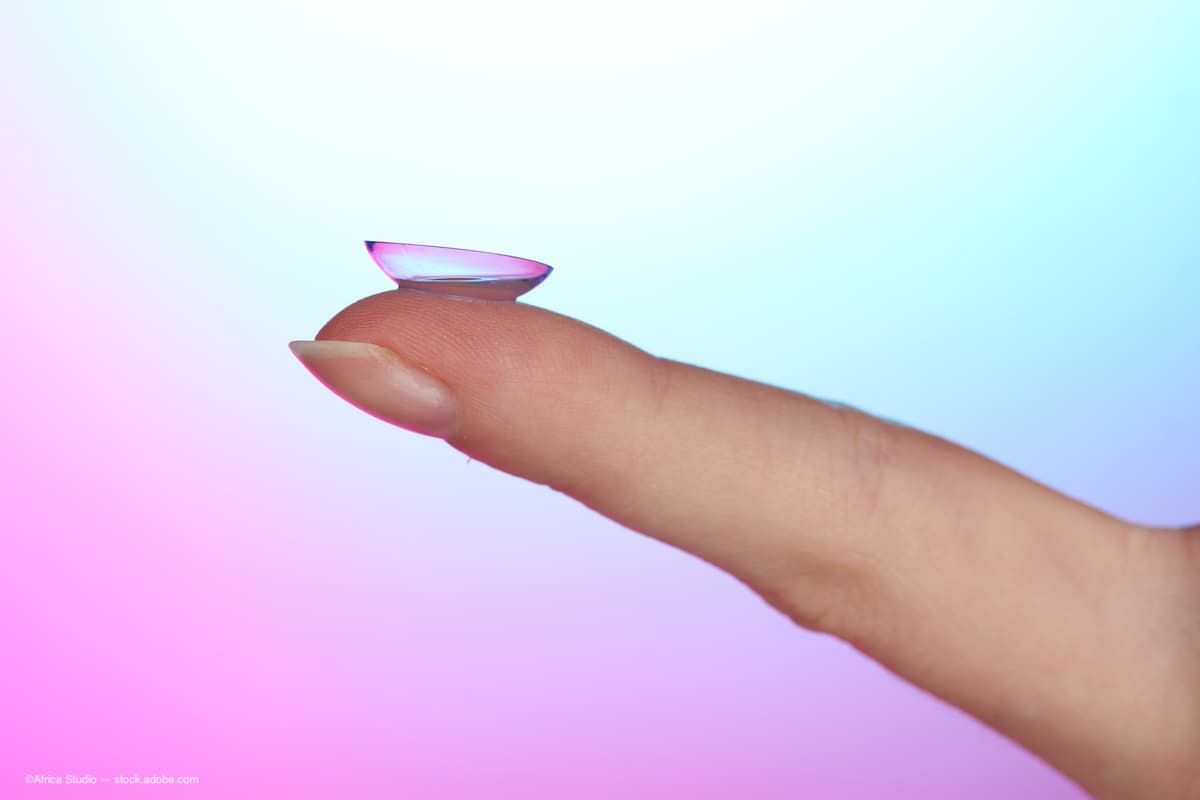Video
Current status of corneal crosslinking, emerging treatment options
Author(s):
In a presentation at the American Society of Cataract and Refractive Surgery meeting in San Diego, Kenneth A. Beckman, MD, FACS, discussed the current status of corneal crosslinking with some emerging treatments, including epi-on crosslinking.
Video transcript
Editor’s note: This transcript has been edited for clarity.
David Hutton:
I'm David Hutton of Ophthalmology Times. The American Society of cataract and Refractive Surgery recently held its annual meeting in San Diego. Joining me today is Dr. Kenneth Beckman. At the show, he made a presentation on crosslinking. Thank you so much for joining us today. Tell us about your presentation.
Kenneth A. Beckman, MD, FACS:
Thank you. Thanks for having me. I gave a presentation about the current status of corneal cross-linking with some emerging treatments, in particular epi-on crosslinking.
So, we all know that corneal crosslinking became approved in the U.S. in 2016. This was the epithelium-off or epi-off type of crosslinking. What that means is the epithelium is removed. We've seen excellent results with epithelial-off crosslinking. But there are several drawbacks. Among these include an increased risk of infection, delayed wound healing, scarring, haze and patient discomfort. So this has led to a push to try and come up with an epi-on or epithelium-on crosslinking where the epithelium does not need to be removed.
What I spoke about was a couple of different clinical trials that are going on right now. One of them is by Glaukos, looking at the treatment using supplemental oxygen as part of the crosslinking procedure. We know that for the procedure to work well, we need oxygen, ultraviolet light, and riboflavin. With the epithelium intact, It's hard for the oxygen to penetrate. So in their clinical trial, they are using supplemental oxygen. In the first clinical trial, which was completed of a phase 3, they were able to meet their endpoints of 1 diopter difference at 6 months between the treatment arm and the sham arm.
Another study that is being done right now is by CLXO. They are looking at a chemical way of increasing oxygen with a corneal stroma. Rather than using supplemental oxygen, they have a sodium iodide component within their riboflavin liquid. This creates a reaction to free up oxygen within the corneal stroma and can give an effective result from crosslinking without requiring supplemental oxygen. There are other things in the works as well, but these are the 2 that seem to be the closest to being ready for primetime.
Newsletter
Don’t miss out—get Ophthalmology Times updates on the latest clinical advancements and expert interviews, straight to your inbox.




